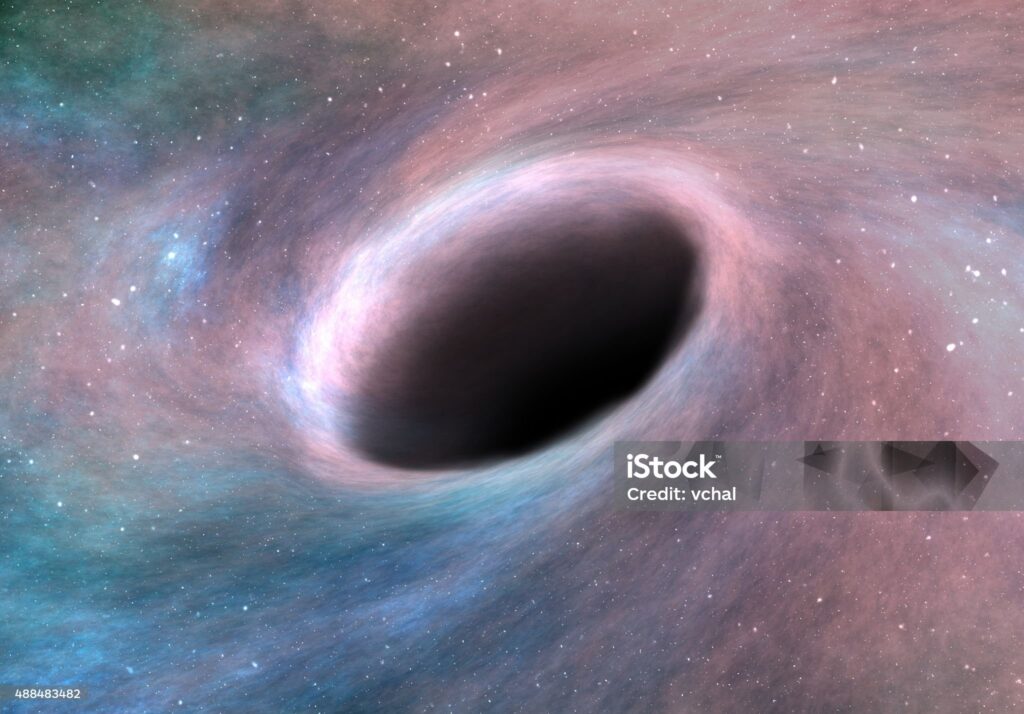Black Hole Nanocraft Mission aims to send a tiny, laser-powered spacecraft into the heart of a black hole, pushing the limits of science, technology, and our understanding of the universe.

© GB News
Black Hole Nanocraft Mission: An Audacious Leap into the Unknown
The Black Hole Nanocraft Mission is one of the boldest ideas ever proposed in the field of space exploration. Scientists envision sending an incredibly small yet ultra-fast spacecraft into the very heart of a black hole — one of the most mysterious and extreme regions in the cosmos.
This spacecraft would be no ordinary probe. Weighing roughly the same as a paperclip and propelled by powerful lasers, it would travel at speeds approaching that of light. The goal? To gather unprecedented data about black holes, test the limits of Einstein’s General Relativity, and possibly uncover new laws of physics.
Why the Black Hole Nanocraft Mission Is So Revolutionary
The Black Hole Nanocraft Mission could change that. By sending a probe directly toward one, scientists could take precise measurements of its gravitational field and compare the results with existing theoretical predictions. If those results show even the slightest deviation, it could signal the beginning of a whole new chapter in physics.
The Tiny Spacecraft with a Massive Goal
The Black Hole Nanocraft Mission is based on a concept known as a “nanocraft.” This is a miniature spacecraft that could be pushed to extreme speeds using high-powered lasers from Earth. At nearly the speed of light, such a probe could reach nearby cosmic destinations far faster than traditional spacecraft.
However, there are major technological hurdles. The world’s current space probes are far too slow to get close to a black hole in a human lifetime. Developing a laser system powerful enough to propel a nanocraft at relativistic speeds would require enormous investment — potentially around £1 trillion just for the laser infrastructure.
When Could the Black Hole Nanocraft Mission Launch?
Professor Cosimo Bambi of Shanghai’s Fudan University believes the mission is technically possible but will require patience, funding, and motivation. If technological trends continue, he predicts the cost could fall dramatically over the next few decades.
“In 20–30 years, the cost might be around £1 billion, similar to the budgets of today’s large space missions,” says Bambi. That means the Black Hole Nanocraft Mission could, in theory, launch within our lifetime rather than a century from now.
Finding the Right Black Hole
Even with the technology in place, the Black Hole Nanocraft Mission depends on one critical factor — finding a black hole close enough to reach.
Bambi estimates that the ideal target would be within 20–25 light-years of Earth. If the nearest black hole is farther than 40–50 light-years, the mission might become impractical or even impossible with foreseeable technology.
This means astronomers will also have to step up the search for nearby black holes, mapping our galactic neighborhood in greater detail than ever before.
The Scientific Payoff
If successful, the Black Hole Nanocraft Mission could produce a treasure trove of data. By flying close to a black hole, the probe could measure how space and time are warped in its vicinity. These observations could confirm — or challenge — Einstein’s General Relativity under the most extreme conditions known.
Such findings might help answer some of the universe’s biggest questions:
-
How do black holes really affect the fabric of space and time?
-
Are there hidden forces or unknown particles influencing gravity?
-
Could deviations from current theories reveal new physics?
For scientists, the chance to directly test our most fundamental physical laws in such an extreme environment is irresistible.
Overcoming the Engineering Challenges
Designing the Black Hole Nanocraft Mission involves solving some of the toughest problems in engineering:
-
Propulsion: Building a laser array capable of accelerating a nanocraft to near-light speed without destroying it.
-
Survivability: Ensuring the tiny craft can endure interstellar travel, cosmic radiation, and extreme gravitational forces.
-
Communication: Sending data back across dozens of light-years without losing signal strength.
-
Precision Navigation: Guiding a minuscule spacecraft to a target billions of kilometers away with pinpoint accuracy.
Each of these challenges requires breakthroughs in materials science, optics, computing, and energy generation.
A Mission of Patience and Vision
The Black Hole Nanocraft Mission will not be easy, cheap, or quick. It may take decades of research, development, and international cooperation before the first nanocraft leaves Earth. But the rewards could be immense — not just in terms of scientific knowledge, but also in inspiring a new generation of explorers and thinkers.
Just as the Moon landing once captured the world’s imagination, a mission to a black hole could redefine humanity’s place in the cosmos. It would show that our curiosity and ambition know no bounds, even in the face of the most mysterious objects in the universe.
Looking Toward the Event Horizon
For now, the Black Hole Nanocraft Mission remains a vision for the future. The path ahead is filled with technological and financial obstacles, but history shows that human ingenuity has a way of turning the impossible into reality.
Related: